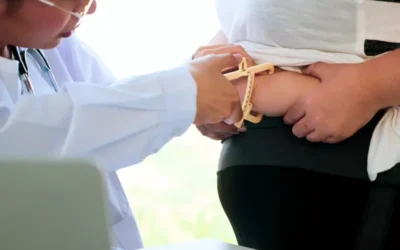Pre-authorization or written approval from the insurance company is required for certain medical procedures (for example, outpatient surgery, MRI, CT or PET scans, chemotherapy or radiotherapy) prior to the point of service. When you obtain insurance authorizations, you not only prevent a “not medically necessary” denial but you also ensure that maximum reimbursement will be met for the procedure. You can initiate the pre-authorization process by sending a pre-authorization letter to the concerned medical insurance company. Let’s see how to write a pre-authorization letter for a medical procedure.
Although there are some general guidelines to write a pre-authorization letter, each company has its own requirements depending upon the policy and procedure. The following information is generally required for all prior authorization letters.
- The demographic information of the patient (name, date of birth, insurance ID number and more)
- Provider information (both referring and servicing provider)
- Tax ID number
- National Provider Identifier (NPI) number
- Address where services are being rendered
- Phone and fax number
- Requested service/procedure along with specific CPT/HCPCS codes
- Diagnosis (ICD code and description)
- Location where the service will be performed
- Tax ID number
- NPI number
- Address
- Phone and fax number
- Length of stay requested in case of inpatient requests
Along with this letter, you must submit all medical notes. Depending upon the coverage policy and complexity of the service being required, you may be required to submit additional information such as prior treatment information and clarification on the type of service provided. For example, the following information is required for home health services in the case of certain companies:
Start of Care Only
- Documentation of a face to face encounter with the treating physician within 90 days before the start of care date, or within 30 days after start of care date
- Medical necessity certificate for home health services
Start of Care and Continuing Care
- Documentation that supports the patient’s requirement for home health services
- Date of last face to face encounter with the physician
- Written order from the attending physician who is actively treating the patient for continuing home health services
- The treating physician is required to order recertification and document the clinical need for continuing services
Clinical Information
- Current diagnosis as well as co-morbidities
- Current medical status
- Medication list and its compliance
- Information regarding recent hospitalization
- Currently utilized DME
- The specific skilled nursing need to support the request in case of requesting home health nurse visits
- In case of wound care, a complete description of wounds including its size, depth, type and frequency of dressings
- Daily home health notes for the last 2 weeks for continuing care
Failure to submit medical notes and/or other necessary documentation along with your letter may result in delays or medical claim denials. With accurate submissions, your pre-authorization request is clearly communicated to the insurance company and they will process your request quickly. If you are submitting a medically urgent pre-authorization request, your letter should include the information that meets the criteria for an urgent request so that the insurance company will process your request fast.
Most insurance companies provide online facilities to submit the pre-authorization request (along with the letter and other documentation) more quickly. You can use those services and submit your request on your own or consider getting support from insurance verification and authorization company. Expert assistance is always better as it can improve accuracy and save time.




